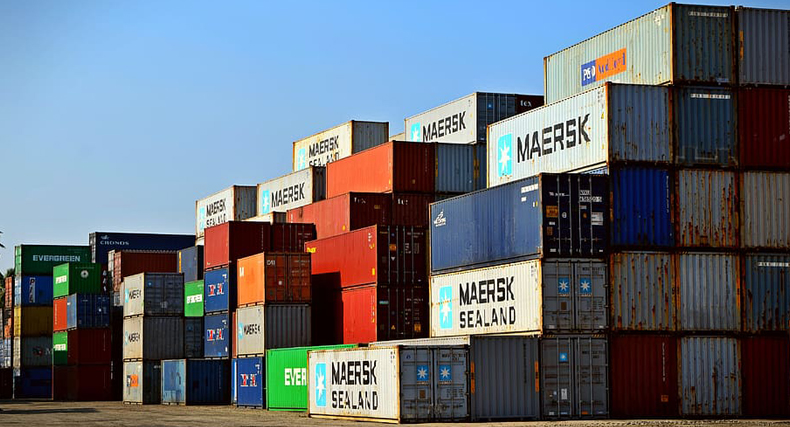
Date: 09 March 2020
The United States and China spent much of 2019 lobbing tariffs at one another instead of embracing the trade that has boosted business for both sides. And while the back-and-forth battle on trade fueled crippling uncertainty, displacing supply chains and roiling the retail business, it also served to remind companies that their supply chains should be better equipped to navigate these types of unstable times.
Avoiding tariffs altogether, of course, won’t be an option for the apparel and footwear sectors even for companies that opt for domestic manufacturing.
“Apparel and footwear are among the most heavily tariffed products that are imported into the United States. Recognizing this, there is no way to build a truly tariff-proof sourcing strategy,” said American Apparel & Footwear Association (AAFA) president and CEO Steve Lamar. “Even companies that pursue U.S. manufacturing are hurt by tariffs that are imposed on their imported inputs or machinery.”
But there are manifold ways to minimize the risks associated with both the underlying most-favored nation (MFN) tariffs and any punitive tariffs, like those the U.S. imposes on imports from China and the United Kingdom. The approach in minimizing those risks, according to Lamar, should be to not only diversify sourcing, but customs and tariff reduction tools, too
MITIGATION BY MOVING
For many apparel and footwear brands and retailers, the reaction to tariffs which have so far largely been targeted at goods from China as President Trump wages war on what he feels has been an unfair, unbalanced trading relationship has been a slow and steady break up with China. Many companies are looking to embrace sourcing in other countries where the relationship might be less costly or contentious.
A live audience poll at Sourcing Summit New York in October found 40 percent of companies had less than 25 percent of their production still in China. Just 22 percent said more than 80 percent of their manufacturing remains in China. Over the next year, 35 percent of Summit attendees from major global apparel brands and retailers said they plan to reduce their China sourcing by more than 50 percent.
“It’s important to remember that no single country can replace China, which is unmatched when you add up its workforce, skills, supply chain capabilities and logistics. Vietnam, Bangladesh and many other countries offer opportunities and also present challenges as companies look to diversify out of China” Lamar said.
Both scalability and capacity have been among the key concerns with moving manufacturing to Vietnam in particular where the majority of surveyed Sourc¬ing Summit attendees said their biggest sourcing partners are outside of China. In Bangladesh, questions still surround the country’s capabilities when it comes to manufacturing more than basics.
“With the industry now facing the largest sourcing shift in a generation, companies are re-evaluating sourcing opportunities in these countries. As trade shifts, inevitable capacity constraints will arise. When that happens, prices rise and companies look further afield to new sourcing partners,” Lamar said.
If you ask Michael Zakkour, CEO of China BrightStar and a consultant on China/APAC retail strategy, capacity constraints, particularly, pose a larger problem than the industry is prepared for.
“You can add capacity to Vietnam, sometimes successfully, sometimes not, but the bottom line is that there are no new roads, no new rail systems, no electrical grids, no new ports and the number of berths at the ports haven’t changed, which is why you end up with three-day lines of trucks coming from the country side waiting just to get to the port area. Everybody wants to go to Vietnam but I guarantee you Vietnam is not going to double its population in the next five years. It’s not going to happen.” he said.
Capacity issues will also give rise to cost-related supply chain pressures as companies spread out their sourcing.
“Diversification will ultimately lead to development of new vertical capabilities as yarn and fabric investments are lured out of China to be located near new production hubs. This has already started in some locations, such as Ethiopia,” Lamar said.
It may seem like every company for itself in the battleground that Trump-induced tariffs have created, and that means all impact-curbing options should be woven into to well-equipped apparel and footwear supply chains.
“In a world where high tariffs have not only become weaponized, but in many ways normalized, all these levers are on the table. Anything that creates opportunities to lower tariffs will be explored and, if they work in a particular situation, robustly implemented. Companies will want to make sure that as they implement any new programs, they do so in a manner that is fully compliant with the law. Not only is customs compliance a central part of the informed compliance and due diligence requirements all companies need to undertake, but any changes in sourcing or customs procedures could trigger additional scrutiny in the form of audits” Lamar said.
Source: https://sourcingjournal.com/report/sourcing-2020-report/